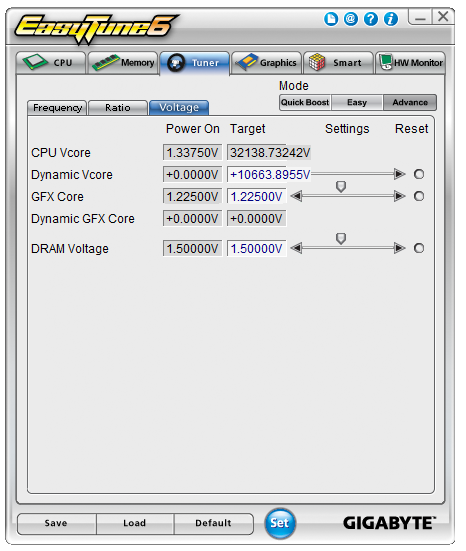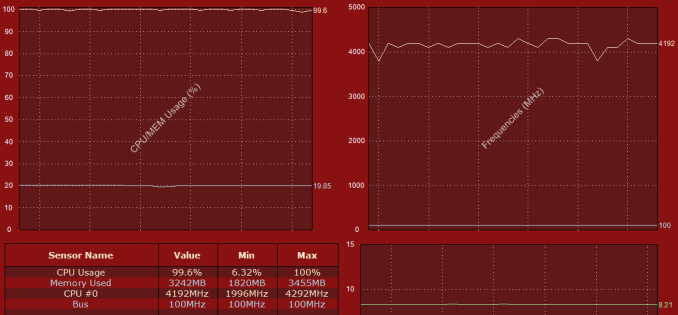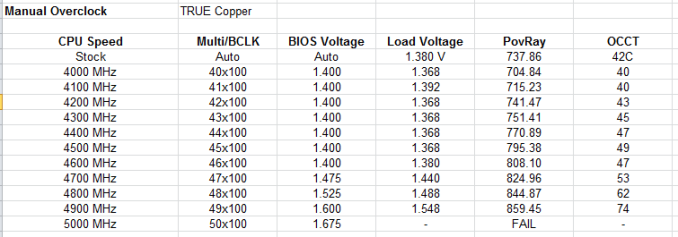GIGABYTE F2A85XN-WiFi Review: FM2 and Richland in mini-ITX
by Ian Cutress on August 21, 2013 10:00 AM ESTGIGABYTE F2A85XN-WiFi In The Box
Most mini-ITX motherboards on sale today implement the cost-down strategy: the main feature of the package is the motherboard, and extras in that package should be minimal to keep the costs down or push the motherboard into the category below. Unless the motherboard is aimed at a particular market (gamers), mini-ITX owners will not get many platform-specific extras (USB 3.0 brackets etc). The F2A85XN-WiFi is no exception to this, as we get:
Rear IO Shield
Manual
Driver CD
WiFi Driver CD
Two SATA Cables
WiFi Antenna

The WiFi antenna is a different design to previous GIGABYTE WiFi models, offering a single adjustable ring platform antenna to increase signal strength and range. Aside from this, there is little to add cost to the SKU.
GIGABYTE F2A85XN-WiFi Overclocking
Experience with GIGABYTE F2A85XN-WiFi
Overclocking a mini-ITX motherboard is often mildly amusing, given the propensity for manufacturers to use a varying standard of power delivery, and/or the space for efficient cooling is perhaps not up to standard. This GIGABYTE motherboard however is set using 40A IR 3550s, the smaller current PowIRStages used from the bigger high-performance brethren. This offered a chance to push the system, even if it was my first overclocking experience with Richland.
In terms of overclocking experience, the automatic overclock options were random at best, with all three causing issues with EasyTune6:

CPU speed also seemed to jump around at stock (no XMP):
Resulting in perhaps lower results than expected for our stock benchmarks.
Using the insights gained from automatic overclocking, the manual overclocks performed a lot better. We were able to go through a large amount of overclock at just over stock voltage, before our CPU struggled with 5 GHz, but gave 4.9 GHz stable as a rock.
Methodology:
Our standard overclocking methodology is as follows. We select the automatic overclock options and test for stability with PovRay and OCCT to simulate high-end workloads. These stability tests aim to catch any immediate causes for memory or CPU errors.
For manual overclocks, based on the information gathered from previous testing, starts off at a nominal voltage and CPU multiplier, and the multiplier is increased until the stability tests are failed. The CPU voltage is increased gradually until the stability tests are passed, and the process repeated until the motherboard reduces the multiplier automatically (due to safety protocol) or the CPU temperature reaches a stupidly high level (100ºC+). Our test bed is not in a case, which should push overclocks higher with fresher (cooler) air.
Automatic Overclock:
Using the EasyTune6 overclock options:

QuickBoost Level 1 was not the 4.18 GHz overclock listed above – we got a 41x106.5 overclock, giving 4366.5 MHz and a load voltage of 1.308 volts. While this gave a PovRay peak score of 759.53, it BSODed quickly while running OCCT.
QuickBoost Level 2 was also a little off, giving a 34x124.82 overclock (4243 MHz). This gave a load voltage of 1.440 volts, a PovRay score of 748.09 and a peak OCCT temperature of 51C.
QuickBoost Level 3 followed a similar tack, giving a 33x131 overclock (4323 MHz). This gave a load voltage of 1.440 volts, a PovRay score of 763.28 and a peak OCCT temperature of 50C.
Manual Overclock:
For our manual overclocks, CPB was disabled in the BIOS and the CPU ratio was manually adjusted. We start at the 40x multiplier and at 1.400 volts, with no changes to LLC. Here are our results:












31 Comments
View All Comments
IanCutress - Wednesday, August 21, 2013 - link
The motherboard manufacturer has options when deciding which digital display outputs are put on the motherboard itself. Typically we see HDMI, DP and DVI-D, though as I mention in comparison to other motherboards, some manufacturers can switch up the DP to a HDMI like this motherboard here. Other manufacturers will only use two digital displays (HDMI/DVI-D or DP/HDMI) and take the VGA from the chipset. I've never used a DP monitor in my personal life (I used DP for the 4K article), so I guess I would prefer multiple HDMI ports to rig up a couple of 1080p monitors. Manufacturers have an option of a DVI-I (combined DVI-D and VGA), although few actually do so.I happen to be working with a mini-ITX motherboard that goes along all three digital displays (HDMI/DP) with the combination DVI-I right now :)
Ian
geok1ng - Wednesday, August 21, 2013 - link
Please clarify me this point: you mean this mobo can run 3 monitors using cheap HDMI>DVI adapters at the same time, for example, in stock market/online poker?DanNeely - Wednesday, August 21, 2013 - link
AFAIK AMD hasn't made any GPUs (discrete or integrated) that have 3 legacy (VGA/DVi/HDMI) clock generators; as a result you'd need an active adapter. Intel's the same; with only some of nVidia's higher end cards supporting 3 non-DP displays.thatbox - Wednesday, August 21, 2013 - link
My Radeon 5770 does that, if that counts as AMD.DanNeely - Friday, August 23, 2013 - link
AFAIK all of those cards just put the active displayport to HDMI/etc converter on the card instead of requiring you to buy a dongle. The CPU chip itself is still limited to two legacy outputs.thatbox - Wednesday, August 21, 2013 - link
Had to check to see how everything was plugged in. None of my monitors has DP (the most recent one was made in 2006). One CRT (1920x1440x75Hz) using the DVI output with a VGA adapter, one LCD (1280x1024x60Hz) using the DP output with a DVI adapter, and one LCD (1920x1200x60Hz) using the HDMI output with a DVI adapter. I guess maybe the DP>DVI adapter could be active, if it can be active without being powered, but two a year and a half ago it was like twenty bucks as opposed to the sixty or seventy or more most others were and everything works fine. It was not a big a deal as the scary research I'd done suggested it would be.paperwastage - Thursday, August 22, 2013 - link
only the active DP->dual-link DVI is expensive(>$60) and typically needs a power source (via USB)the active DP->single-link DVI has been around $20-$30 for the past few years now, don't need power source. I remember getting mine for $30 in 2010
paperwastage - Thursday, August 22, 2013 - link
AMD itself hasn't made any reference design for 3 legacy clock, but it's partners have (though the demand is weak)eg: Sapphire Flex - see only 2 "in-stock" versions on newegg
http://www.sapphiretech.com/Flex/FleX_Eng_apply.ht...
GonzaloMin - Wednesday, August 21, 2013 - link
Love my job, since I've been bringing in $82h… I sit at home, music playing while I work in front of my new iMac that I got now that I'm making it online. (Home more information)http://goo.gl/UDMcRU
meacupla - Wednesday, August 21, 2013 - link
dual HDMI is probably for HDMI TV and HDMI receiver.not that DVI or DP can't be converted to HDMI, at extra hassle for the end user, so DP would be nice.